
Tokyo Updates offers in-depth insights into the latest innovations, developments, and initiatives shaping Tokyo as a leading global city. J-Stories brings you solutions-focused content from Tokyo Updates, highlighting the creative solutions and groundbreaking efforts emerging from Tokyo.
***
Helical Fusion Co., Ltd., a startup that aims to develop the world's first steady-state fusion reactor, was the winner of the GRAND PRIZE in the pitch contest at Investor Day Associated with SusHi Tech Tokyo, a networking event held for investors from Japan and abroad. We asked its co-founder and CEO, Taguchi Takaya, about the company's vision for the future.
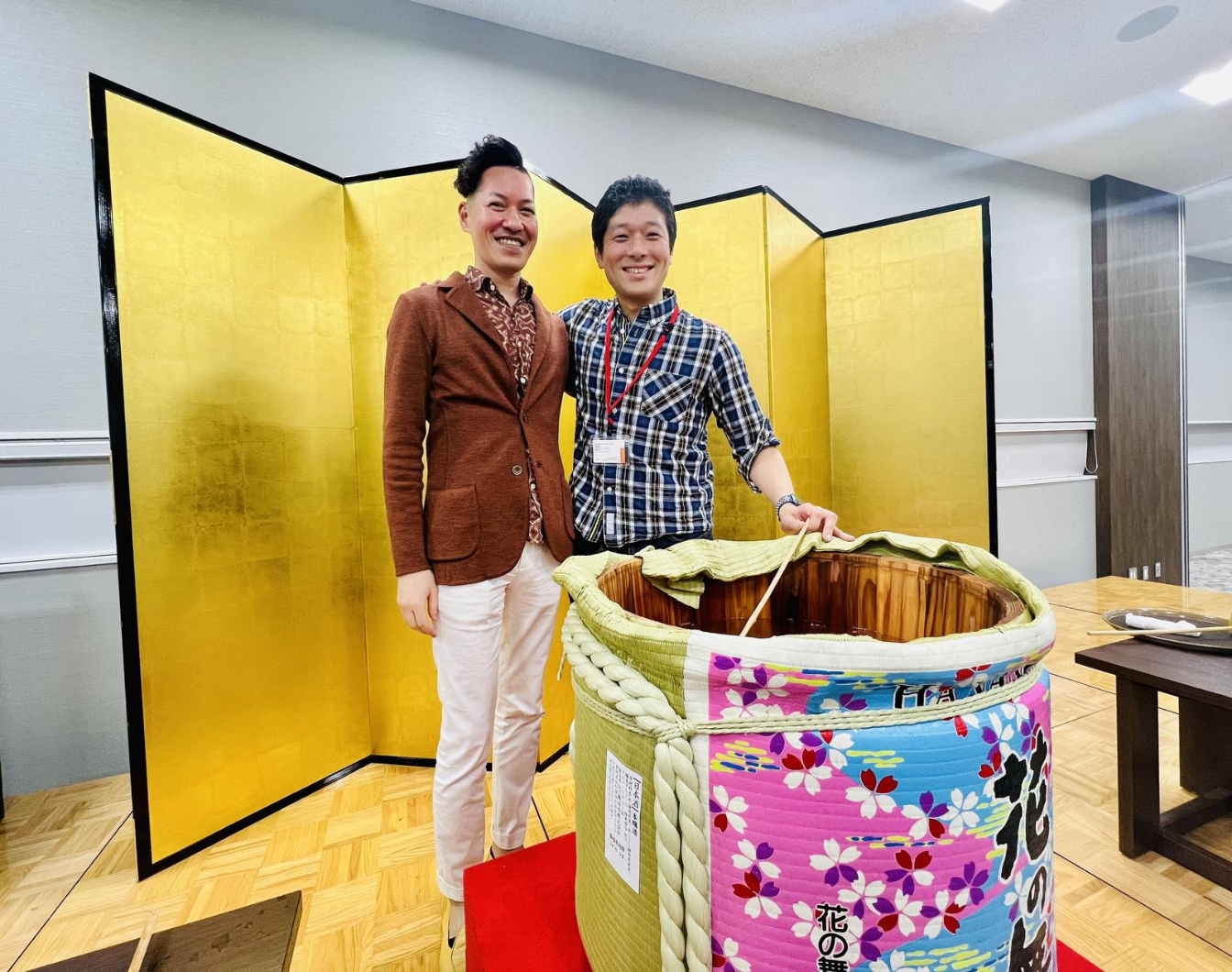
Safer and More Sustainable Energy
Helical Fusion's technology stood out amongst the many startups because it aims to address the global challenge of decarbonization and provide clean, safer, and self-sustaining power.
What exactly is a steady-state fusion reactor? "To put it very simply, it is a small sun. The sun releases enormous amounts of energy through spontaneous nuclear fusion. A fusion reactor creates an artificial and ultra-compact version of that solar energy," Taguchi explains. "Steady-state" means to operate in a stable and continuous state. It is pointless to generate energy through nuclear fusion for only a moment: the goal is to be able to continuously utilize that energy in a stable manner as a power supply.
"The smallest reactor we are currently designing can output 50 to 100 megawatts of electricity, which is equivalent to a small- to medium-sized thermal power plant. A building that could house a reactor with such a capacity would be about the size of an elementary school building. If we work a little harder, we think we can keep it to the size of a gymnasium."
The biggest issue in nuclear power is radiation and radioactive waste. When the earthquake and tsunami caused the power grid to shut down during the Great East Japan Earthquake in 2011, one of the problems that the Fukushima nuclear power plant experienced was with supplying coolant water to control nuclear fission. In contrast, a nuclear fusion reaction stops when the power supply is lost: the reaction does not continue on its own. Indeed, the focus of fusion technology is how to keep the reaction going to achieve continuous energy generation, and runaway reactions like those in nuclear fission are impossible in principle.
"As for radioactive waste, processing spent nuclear fuel is a major task in nuclear power plants. Because the radiation does not go away for tens of thousands of years, the only option at present is to bury it deep underground. Fusion also produces waste, but the radiation stops after a few decades or at most a hundred years, and after that it can be reformed into iron-based materials and recycled for fusion reactors. This is another major difference from current nuclear power plants."
Nuclear fusion does not emit CO2, does not leave a negative legacy for future generations, and can use fuel such as hydrogen that can be obtained near inexhaustibly from seawater. It is truly a dream energy that is safer and more sustainable. This is what a steady-state nuclear fusion reactor can achieve.
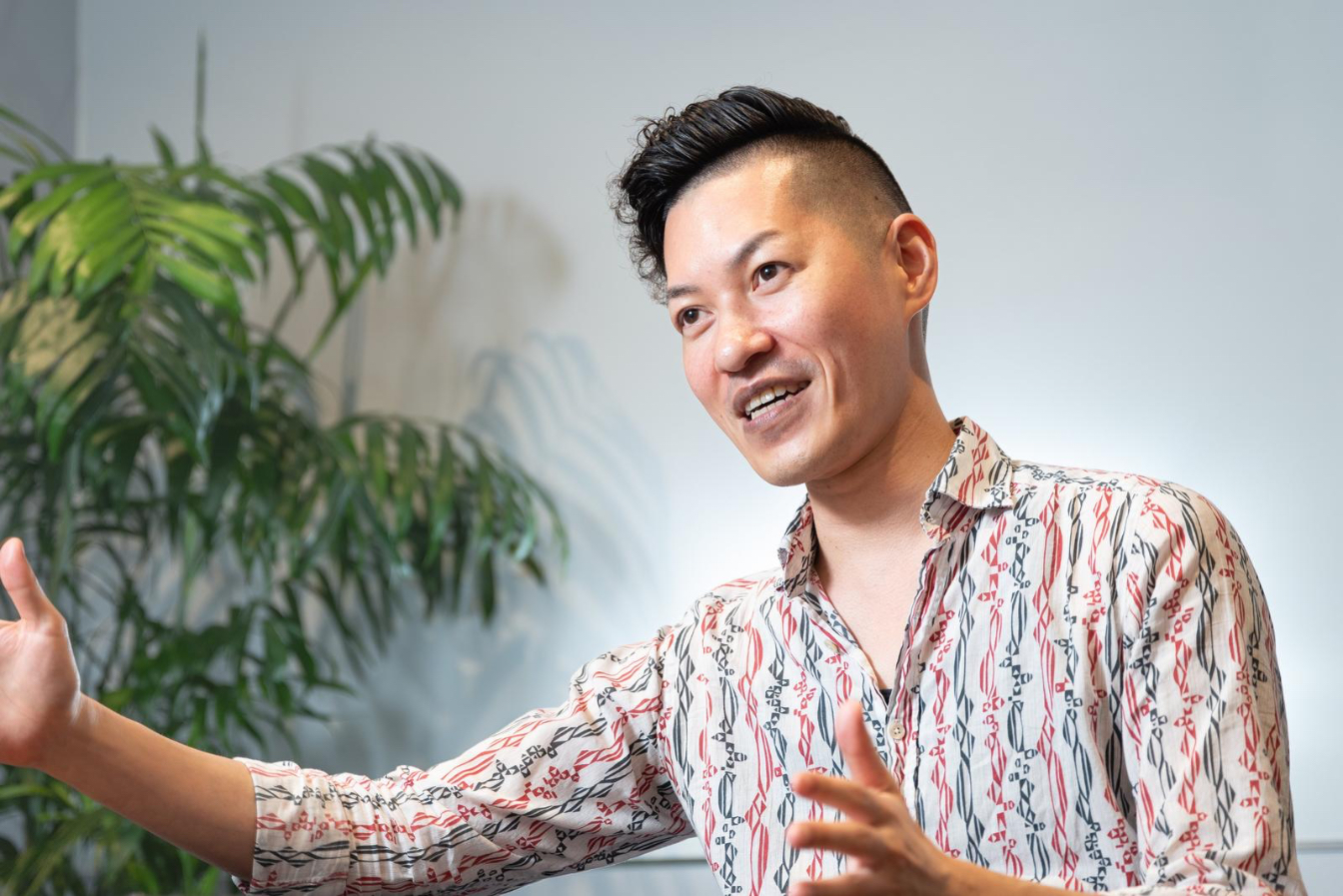
Aiming to Start Power Generation in 10 Years
Taguchi is not actually a researcher or engineer. He has worked at a mega bank and other financial institutions, and is well-versed in finance, having already been involved in M&A and the launch of another startup. He met a researcher who was aiming to build a steady-state nuclear fusion reactor, and in October 2021, he chose to leave his previous career and co-found Helical Fusion.
"Researchers are highly engaged in their research and fusion development, but they lack knowledge of management and finance. It would be a huge shame to let the efforts to develop a dream technology for humanity sink into obscurity because of that roadblock. That is why I decided to co-found the company and plunge into the world of fusion."
There are only a few startups around the world working to realize a steady-state fusion reactor, and Helical Fusion is the only one in Japan. Taguchi is confident that his company is a technological leader among them.
"There are several types of fusion reactors, but the most developed one in the world is magnetic confinement. There are two types: the tokamak and the helical. The former is the mainstream in research around the world, and we are the only company in Japan advancing the latter. However, while the tokamak type has the advantage of having a very high-temperature plasma state where the nuclear fusion reaction occurs, it is not very suitable for sustained operation. In contrast, the helical type's temperature is somewhat lower, but it is high enough to cause nuclear fusion reactions. Above all, it is much better suited to sustained operation. It would be useless as an energy supply if the reaction could not be sustained for a long time, so our technology has an absolute advantage in achieving a steady-state reactor."
"Helical" means "spiral shaped." The company's confidence in its technology is also reflected in its name. It aims to complete the development and demonstration of its technology by 2030 and to start power generation in 2034.
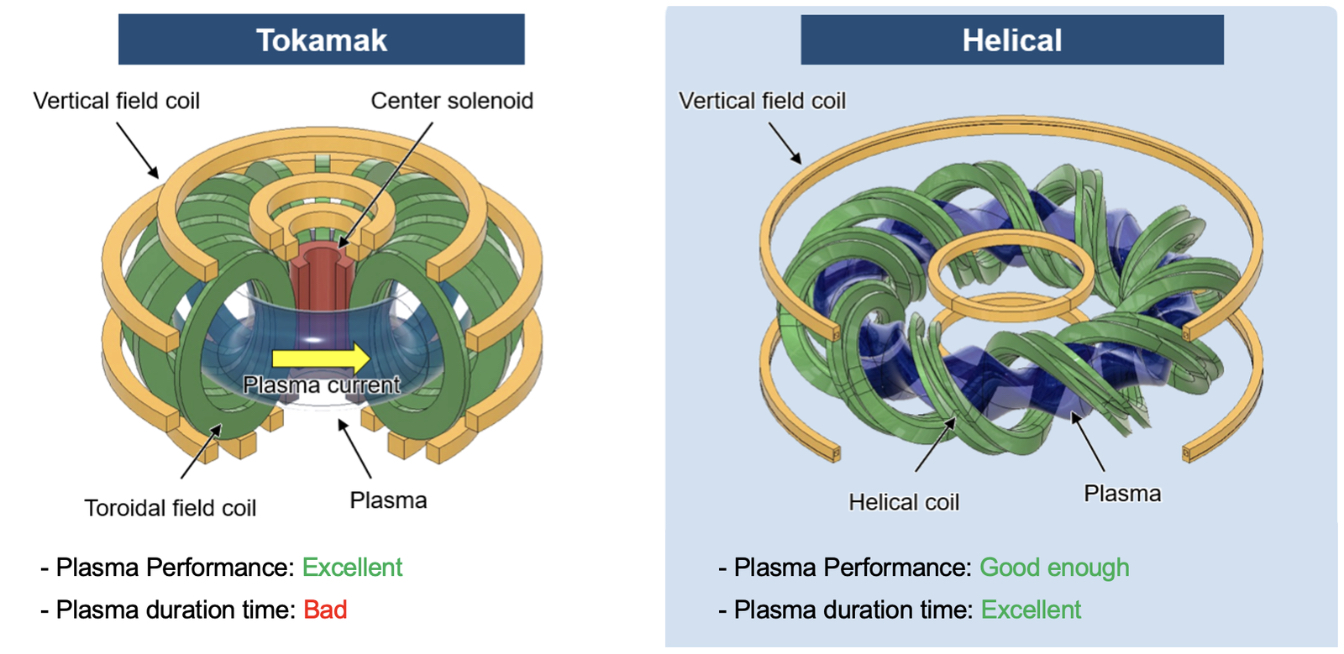
A Boost to Fundraising
The company won one million yen as the GRAND PRIZE in this year's pitch contest. What was more meaningful to Taguchi, however, was that the efforts and technology of Helical Fusion were highly received by overseas investors.
"I am confident that we are at the forefront in terms of technology, but when it comes to fundraising, we are still behind American companies. Hopefully, this award will give us a boost in that aspect, and we are already seeing some responses."
At the same time, he has high hopes for the future of SusHi Tech Tokyo and the efforts by its host, the Tokyo Metropolitan Government.
"It is the largest event of its kind in Asia, so it attracts a lot of attention from around the world. For us startups, it provides a valuable opportunity to be approached by overseas investors, so I really hope this continues."
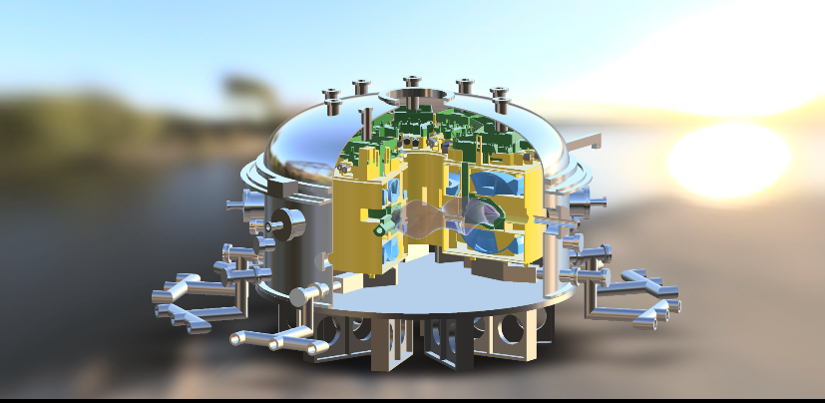
Taguchi Takaya
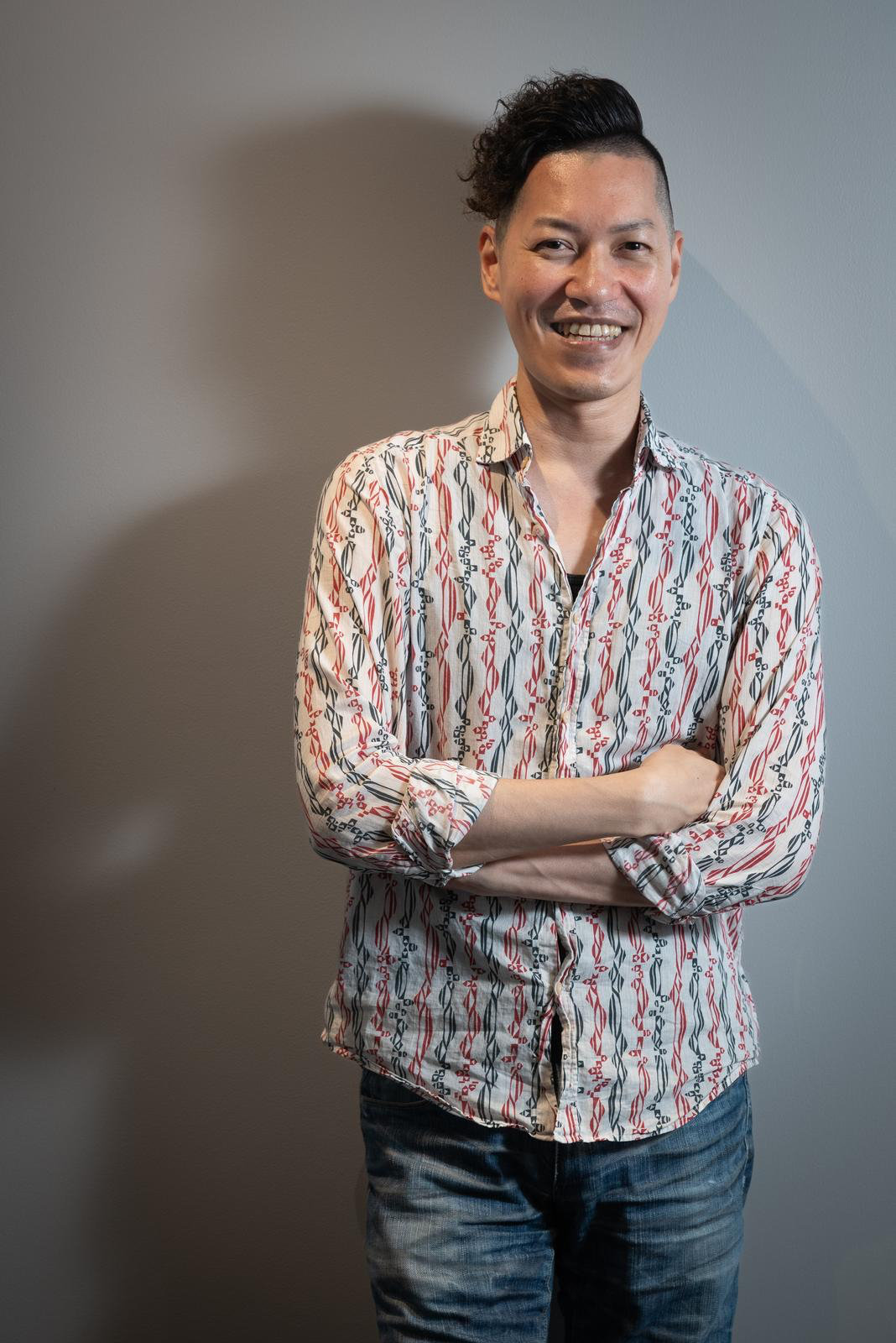
Helical Fusion Co., Ltd.

SusHi Tech Tokyo, short for Sustainable High City Tech Tokyo, is a Tokyo-based concept that aims to create sustainable new value by overcoming global urban challenges through cutting-edge technology, diverse ideas, and digital expertise.
SusHi Tech Tokyo 2024: https://www.sushi-tech-tokyo2024.metro.tokyo.lg.jp/
Interview and writing by Yoshida Shuhei
Images courtesy of Helical Fusion Co., Ltd.
Photo by Akiyoshi Yoko
Translation by Endo Toshio
To read the original article and more stories about what Tokyo offers, please visit Tokyo Updates' website.
***
Click here for the Japanese version of the article.
![[Tokyo Updates] Achieving Future Energy through Clean, Safer Nuclear Fusion Power](https://storage.googleapis.com/jstories-cms.appspot.com/images/1729234524689Header.jpeg)




![[Interview: Part 2] A digital approach to tackle child hunger in Japan with dignity](https://storage.googleapis.com/jstories-cms.appspot.com/images/1766130666509unnamed_bigthumbnail.jpg)
![[Podcast] Japanese technology to supercharge human fertility (Part 2)](https://storage.googleapis.com/jstories-cms.appspot.com/images/1765863548035unnamed-7_bigthumbnail.jpg)
![[Podcast] Japanese technology to supercharge human fertility (Part 1)](https://storage.googleapis.com/jstories-cms.appspot.com/images/1765440905082unnamed_bigthumbnail.jpg)
_bigthumbnail.jpeg)






![[Interview] When digital and physical worlds meet](https://storage.googleapis.com/jstories-cms.appspot.com/images/1747974430456unnamed-2_smallthumbnail.png)
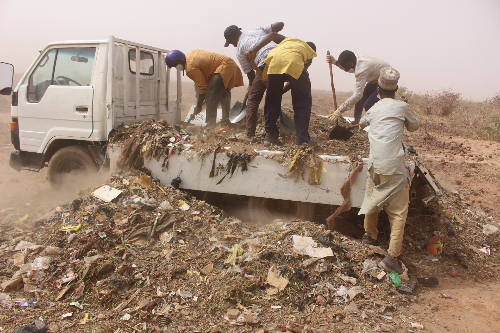



_smallthumbnail.jpeg)

![[Interview: Part 1] From nourishing souls to feeding the hungry](https://storage.googleapis.com/jstories-cms.appspot.com/images/1763695595492unnamed_smallthumbnail.jpg)

